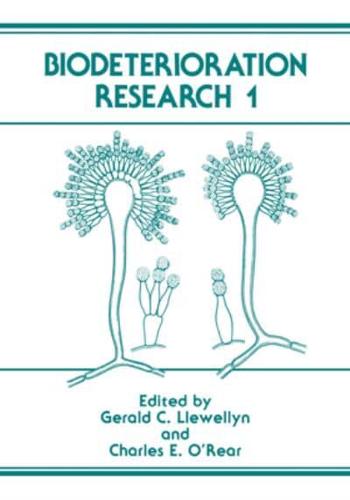Publisher's Synopsis
Man-made textile fibers are frequently encountered as trace evidence in criminal investigations. This study examined the effects of burial in soil on the biodeterioration of synthetic textile fibers such as cellulose acetate, nylon, polyesters and acrylics. Cellulose acetate fibers began to show signs of decomposition within two months after burial in common garden topsoil and were completely degraded within four to nine months. It was found that severely decomposed cellulose acetate fibers could be identified by pyrolysis-gas liquid chromatography even when other methods such as polarized light microscopy and dispersion staining failed. The solubility behavior of the cellulose acetate fibers also was altered. The other types of fibers showed no detectable alteration at the end of the twelve-month study. REFERENCES American Association of Textile Chemists and Colorists (1971). AATCC Technical Manual, AATCC, Triangle Park, NC. Cook, R., and Paterson, M.D. (1978). New techniques for the identifi- tion of microscopic samples of textile fibers by infrared spectroscopy. Forensic Sci. Int., 12, 237-243. DeForest, P.R., Geansslen, R.E., and Lee, H.C. (1983). Forensic Science: An Introduction to Criminalistics, McGraw-Hill Book Company, NY. Federal Bureau of Investigation (1978). Solubility schemes by generic class. Federal Bureau of Investigation, Washington, DC. Fong, W. (1982). Rapid microscopic identification of synthetic fibers in a single liquid mount. ~ Forensic Sci., 27, 257-263.











